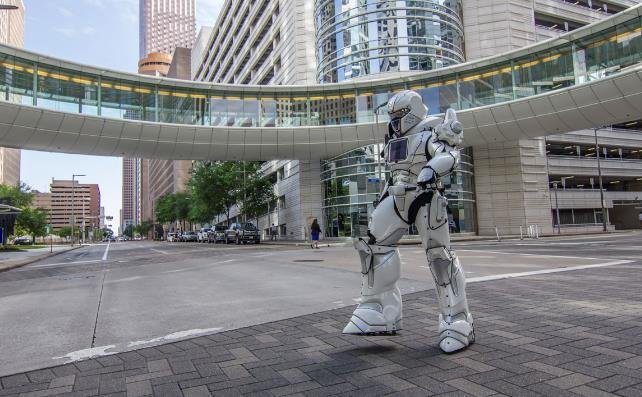A team of researchers from Northwestern University, MIT, and the University of Vermont challenged an AI to design a robot that could walk across land. They expected the AI to come up with something similar to existing walking robots, such as those made by Boston Dynamics. Instead, the AI surprised them with a small, squishy, and misshapen robot that moves by convulsing when inflated.
The researchers published their findings in an article for the Proceedings of the National Academy of Sciences on October 3, 2023. They used an AI technique called generative design, which allows the AI to explore different possible solutions based on some given criteria and constraints. The AI started with a small rubber block and modeled different shapes until it found one that could walk.
The final design was a balloon/sponge hybrid that had holes in it. The researchers were not sure why the AI chose this shape or why it needed holes. They speculated that the holes might help reduce friction or increase flexibility. The robot walks after being pumped with air by a researcher, who controls the direction and speed of the movement.

Why this robot is different from other walking robots
Most walking robots are designed by humans to mimic familiar objects or animals, such as dogs, horses, or humans. They usually have legs and joints that allow them to move in a coordinated way. However, designing such robots is complex and costly, and they often face challenges in navigating uneven terrain or overcoming obstacles.
The robot designed by the AI is different from other walking robots in several ways. First, it has a simple and cheap structure that can be easily fabricated using 3D printing or molding. Second, it has a novel and unconventional way of moving that does not rely on legs or joints, but on inflating and deflating parts of its body. Third, it has a flexible and adaptable shape that can conform to different surfaces and squeeze through narrow spaces.
The researchers believe that this robot represents a new possibility for designing walking robots that humans have never considered before. They hope that this robot can inspire more creativity and innovation in the field of robotics and AI.
What are the potential applications of this robot
The robot designed by the AI may not look very impressive or practical at first glance, but it could have some potential applications in the future. For example, it could be used for exploration or surveillance in environments that are difficult or dangerous for humans or conventional robots to access, such as caves, pipes, or disaster zones. It could also be used for entertainment or education, as it could provide a fun and interactive way for people to learn about robotics and AI.
The researchers plan to continue working on improving the robot’s performance and functionality. They also want to test how the robot can interact with other robots or humans, and how it can learn from its own experience. They hope that their work can contribute to advancing the science and art of robotics and AI.
